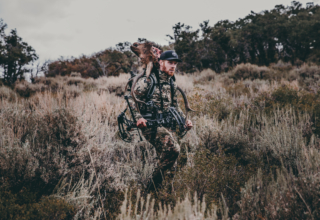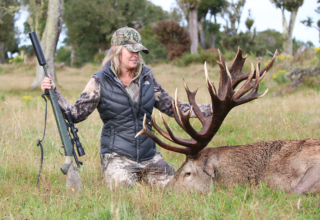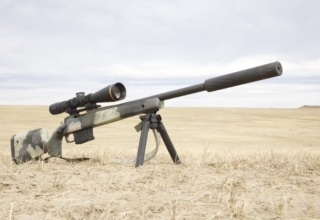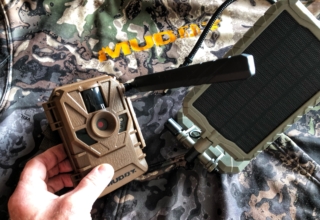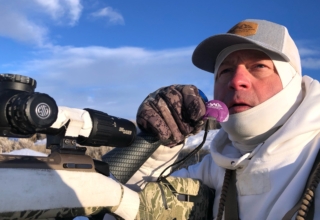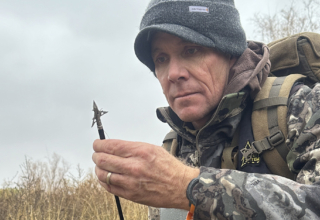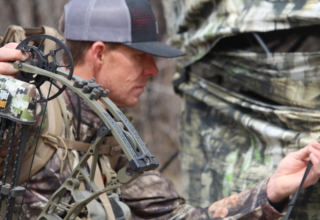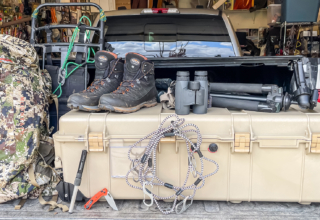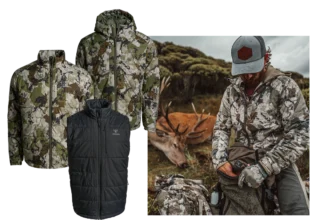Hearing protection. Recoil reduction. Faster Follow-Up Shots. The real question is: Why wouldn’t you want to shoot suppressed this fall? Give this piece a read and get the suppressor ball rolling.
by Mark Kayser
Late winter may seem like an odd time to discuss using a suppressor, but hear me out. You need to start the procedure now. There are some instances where you may be able to file the paperwork with the Bureau of Alcohol, Tobacco, Firearms and Explosives and receive a suppressor in weeks or a few months. Still, the typical waiting period is generally nine to 10 months. With the new electronic ATF Form 4, you may be able to acquire a suppressor in as little as 150 days, but who has faith in the government anymore? I don’t.
Do you see why it is essential to start now? You are looking at a minimum of five months with the electronic document help for suppressed shooting. Do the math, and you will see that the fall hunting season will be upon you by the time you get the suppressor in your hands. Jump on it now!
If you have been struggling with the investment of time and finances, whether a suppressor is for you, consider the following reasons. A single or accumulated next factor may change your mind and get you started on the paperwork sooner than later.

Save Your Hearing
Without question, preserving your hearing ranks tops in considering a suppressor. Although some refer to a suppressor as a silencer, the device suppresses sound, measured in decibels (dB), below a harmful level. Most centerfire rifles exceed the decibel level of 140 dB or above, categorized as dangerous by the Occupational, Safety, and Health Organization or OSHA. A .308 Winchester peaks at 167 dB when shot unsuppressed. Add a suppressor to that worthy caliber, and it drops it down to 133 dB. In layperson’s terms, shooting without hearing protection stays at a safe range.
We have all shot a firearm from time to time accidentally without hearing protection or forgotten them during the haste of a hunt. Even the occasional blast to the ears adds up over time. Add in other loud noises in your life, and your hearing could go faster than your paycheck in the current out-of-control inflation of our economy.
By purchasing a qualified suppressor, your favorite caliber can be tamed into a suppressed hunting partner that will not harm your hearing. After you shoot a suppressed firearm, you will quickly be sold on this single factor to prod you toward a purchase.
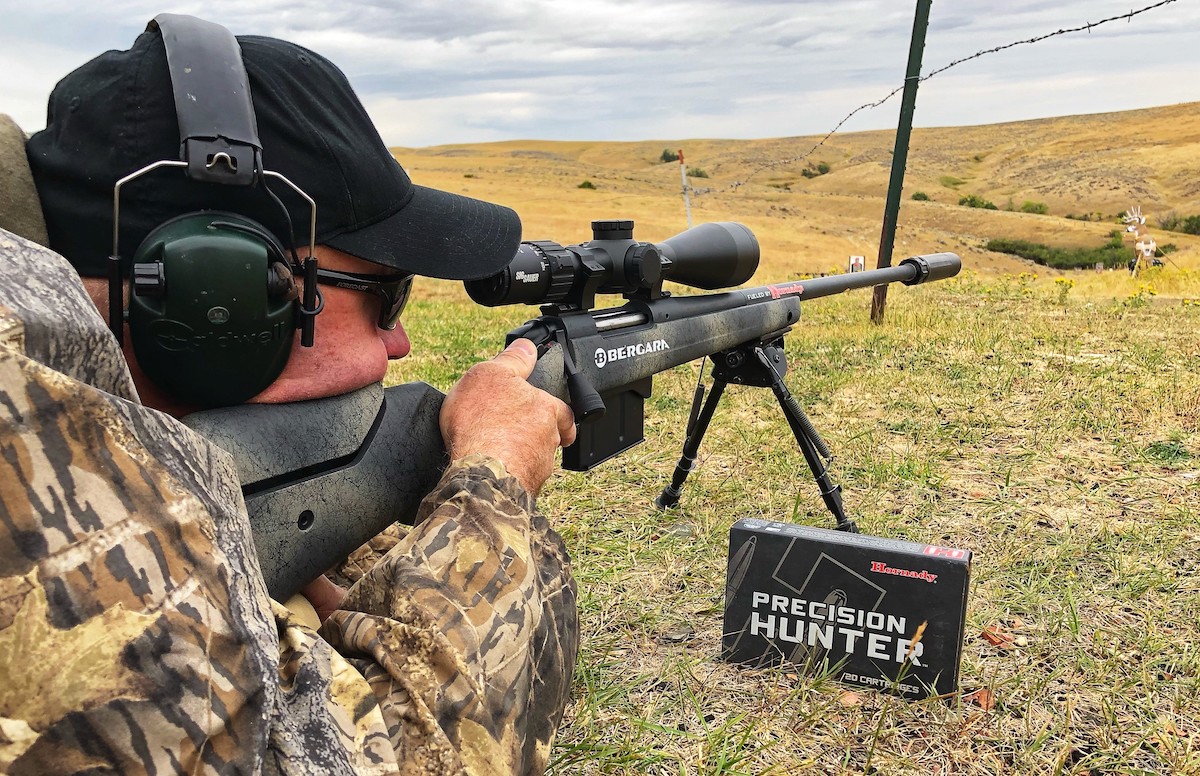
Hear The World Around You
Throughout my career, I have worked on several hunting shows. One of the difficulties the camera person and I continually dealt with was communicating just before the shot. The reason being I put in ear plugs, and thus I could not hear clearly if, for some reason, the camera operator did not have the animal in the filming frame.
Often I had to pull an earplug out to confirm that the animal was in the filming frame and I was cleared hot to shoot. That move proved risky several times; the animal moved during the hearing protection adjustment process.
Filming aside, by wearing hearing protection during a hunt, you lose the ability to hear hunting partners, and you lose the ability to track the natural world around you. Deer grunts, elk bugles, coyote howls, and other audio clues disappear in the foam of protection. A suppressed firearm allows you to forgo hearing protection during the hunt, even with larger caliber firearms. You can hear your partner whisper yardage adjustments or the subtle bleat of a doe deer.
Besides struggling to communicate with a camera operator, I appreciate the opportunity to ditch hearing protection while coyote hunting as I enjoy vocalizing to coyotes. When I howl, having earplugs in prevents me from hearing return howls. With a suppressor, I can hear howls reverberate across the landscape, guiding me on where to look for a possible approaching coyote.
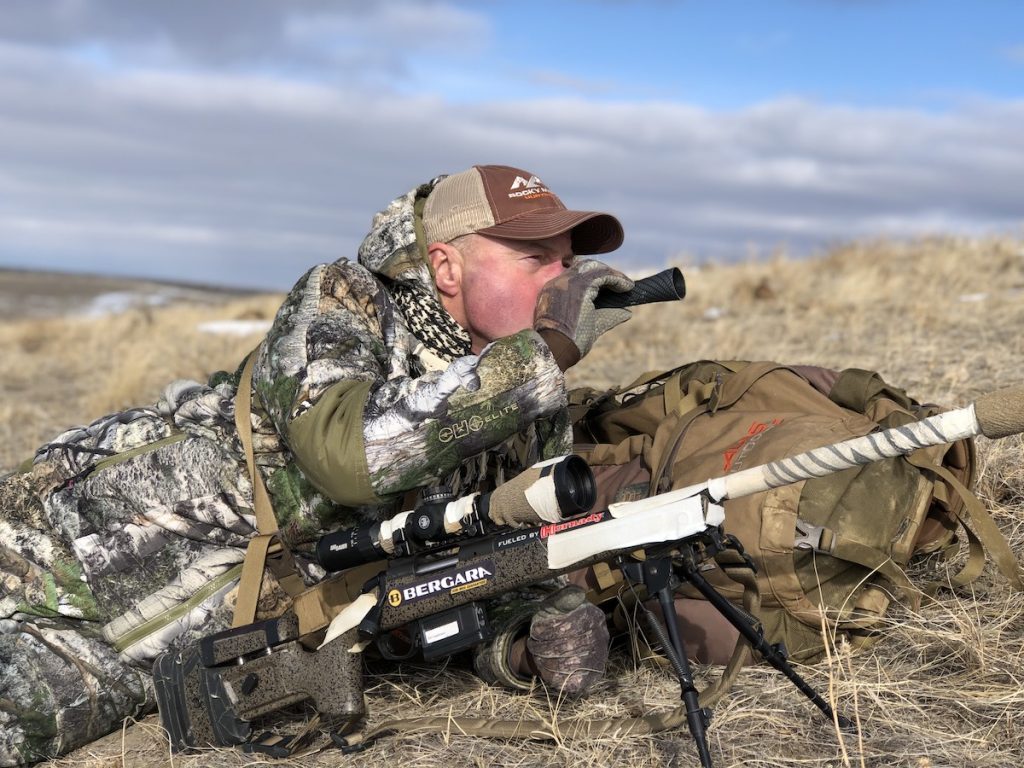
Reduce Recoil
For every action, there is an equal and opposite reaction. This was Newton’s third law of motion. This is what causes the recoil in a firearm. When the powder burns and propels a projectile on its way, it creates an equal reaction that results in recoil. Recoil varies depending on the caliber of the firearm, but for most big game calibers, expect some felt recoil. This increases if you shoot with a lightweight gun or a larger caliber.
Recoil is an element that goes hand in hand with shooting, but that bit of jarring recoil can create a problem in the form of flinching. Even the loud bang of a firearm can cause shooters to flinch. Add the two together, and it can become a real issue for accuracy in landing your projectile for precise placement.
You could shoot with a heavier firearm in a more modest caliber to reduce recoil. Or you could outfit your gun with a suppressor. Depending on the caliber and model of the suppressor, you could achieve 25 percent or more of felt reduction in recoil. The jarring is significantly decreased, and the bang of the shot is also subdued, leaving you in a less hostile environment to make the shot. This reduces your overall possibility of flinching, and your bullet hits home more accurately.
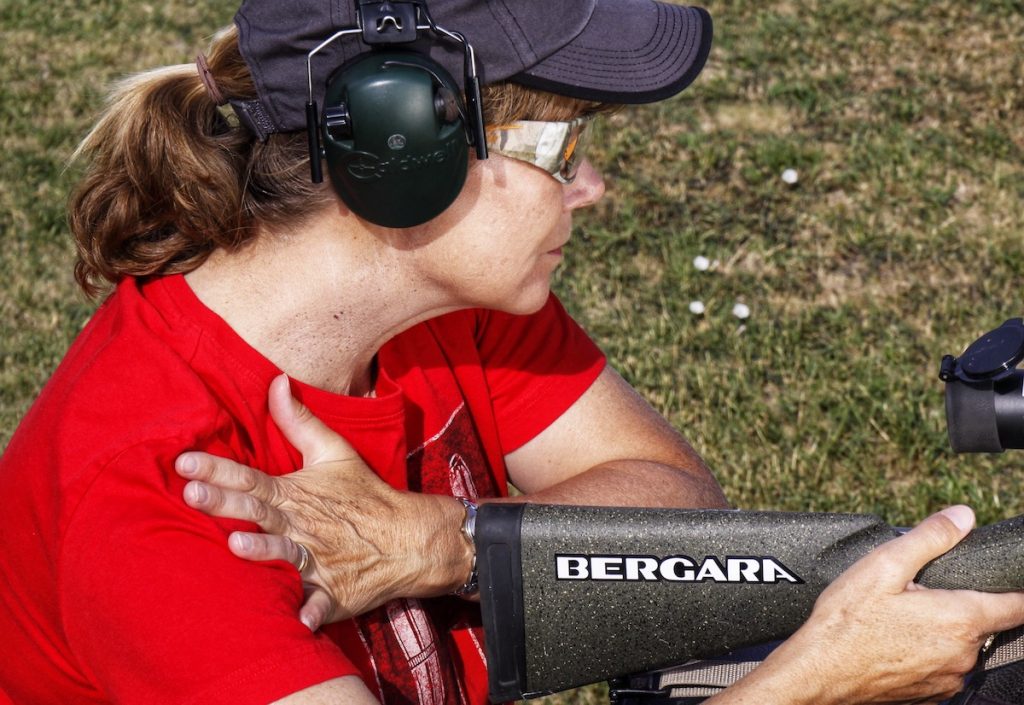
Get A Second Shot
In addition to self-help with flinching, the reduced felt recoil allows you to stay on target after the shot to evaluate the hit. That is critical to your overall hunt and how to proceed after the blast. Seeing the reaction of an animal and its escape route without being lost in the jolt of recoil helps you ultimately launch a proper recovery plan. If you do not know where your hit landed and start a recovery operation too soon, it could result in bumping a wounded animal never to find it again.
Reduced recoil also aids in faster follow-up shots if required. You may miss, your hit may be a bit off, you could have more than one target (calling multiple coyotes), or you may be hunting ultra-tough animals. Regardless of the reason, a follow-up shot or three could be required. With less recoil, speedier target reacquisition occurs, and your follow-up shots have a better chance of a real hit.
Lastly, if you have ever been “scoped” by a riflescope slamming back into your brow after the shot, a suppressor will eliminate that nasty aftershock. Who wants to gush blood from their forehead? That safety factor alone could be the best reason to investigate the purchase of a suppressor.
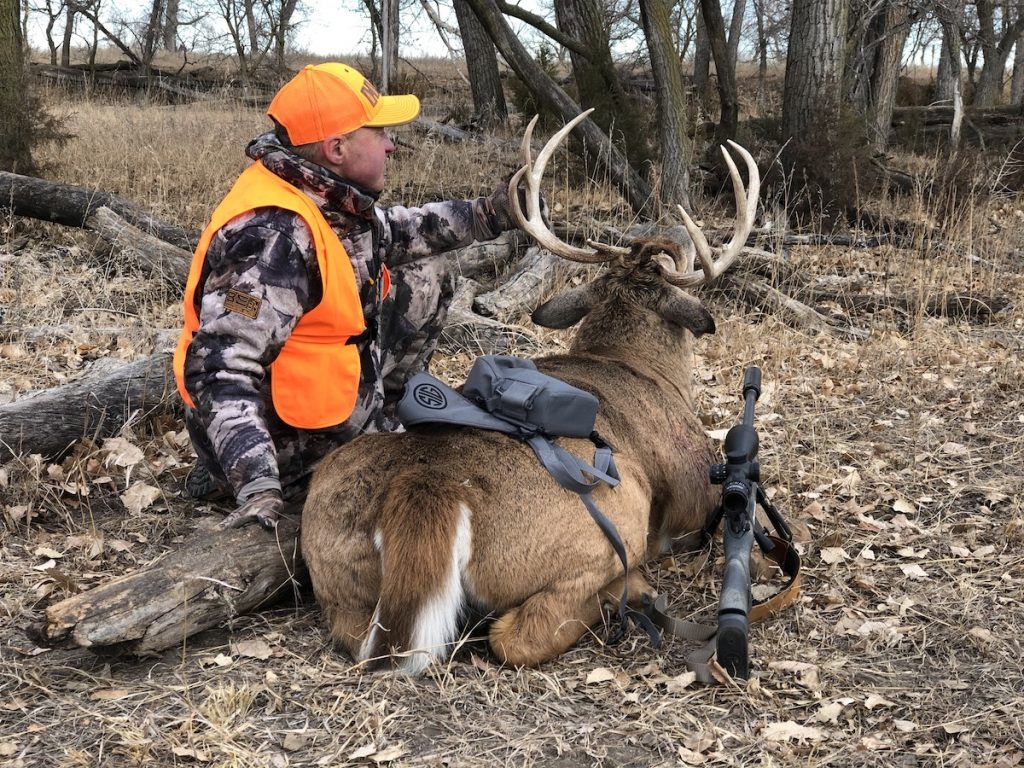
Get Going Now!
Until recently, the hassle and wait to acquire these hearing-saving devices were as stressful as an IRS audit. Silencer Central, an innovative company helping you become a suppressor owner, has streamlined the process. I went through the traditional stamp tax route to purchase my first suppressor, but I recently tested the Silencer Central process and was pleasantly pleased. After completing the electronic forms, a helpful employee contacted me to confirm my paperwork and walk me through the steps. In less than five months, my suppressor arrived with easy-to-follow installation instructions. I went with the Banish 30, which allows swapping between rifles. The 5/8×24 threaded pitch on my Bergara MgLite .300 Winchester Magnum and my CVA Cascade XT in 6.5 Creedmoor means I can move the suppressor to either firearm in seconds.
Silencer Central offers a complete line of suppressors for nearly every popular firearm and caliber. They have a system set up to simplify the purchase with effortless steps and deliver suppressors to customers in the 42 states where owning them is currently legal. They can even thread your barrel muzzle to accept a suppressor to modernize an heirloom gun in your collection.
Completing the electronic paperwork takes some time, but the reward of a quiet firearm, ditching hearing protection, and smooth follow-up shots are worth it. If you have ever considered a suppressor for hunting, now is the time to launch the purchase.


